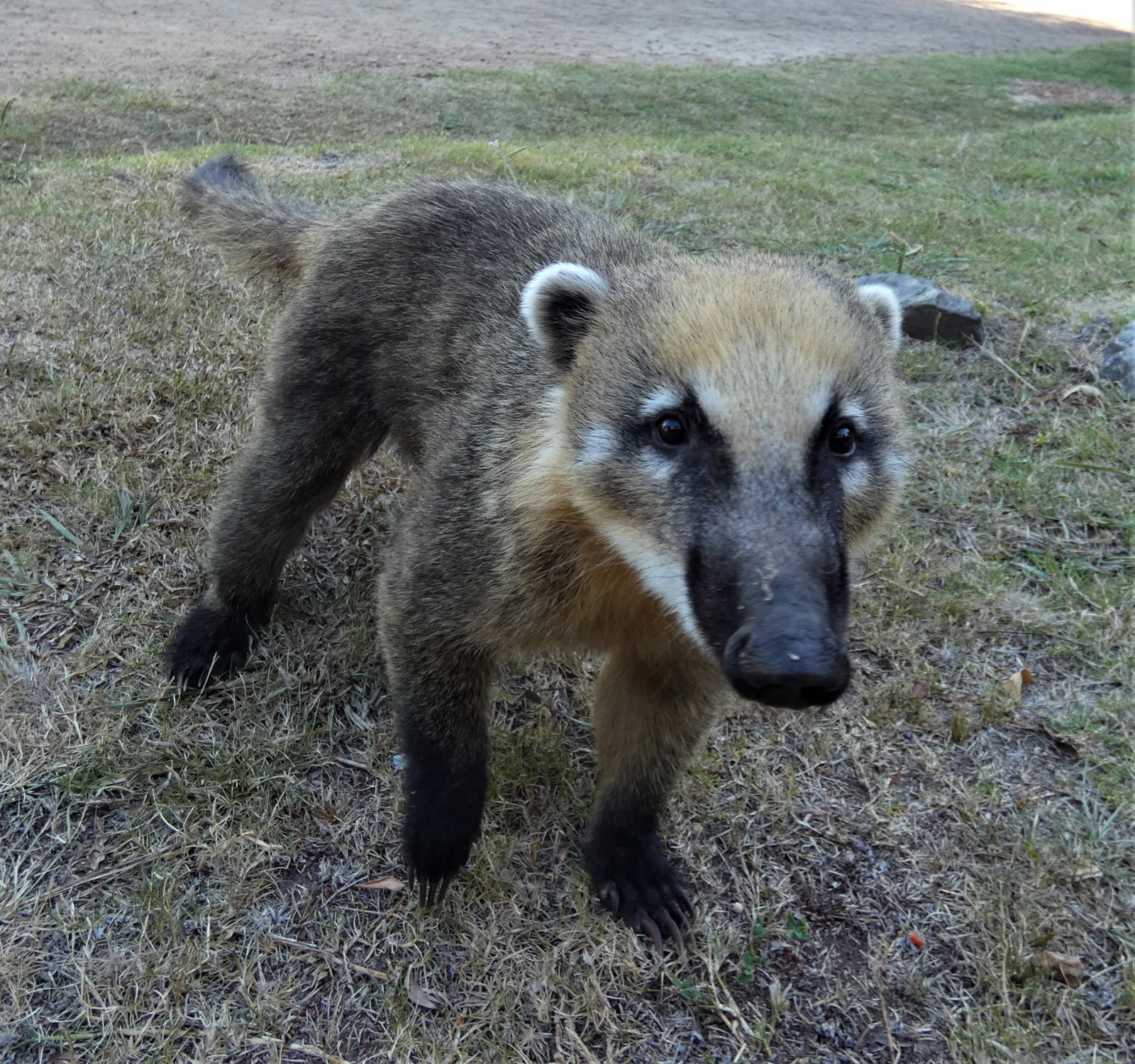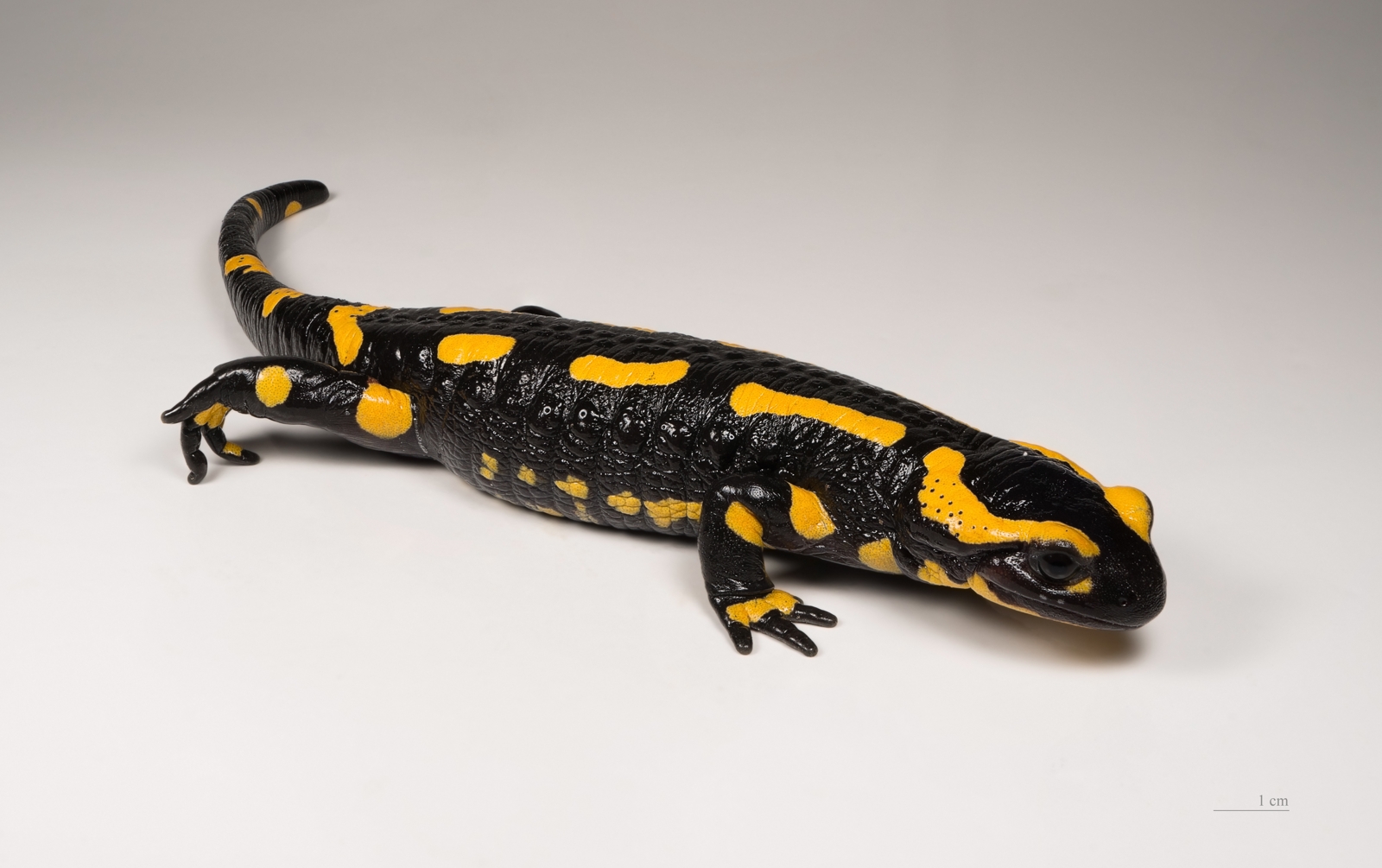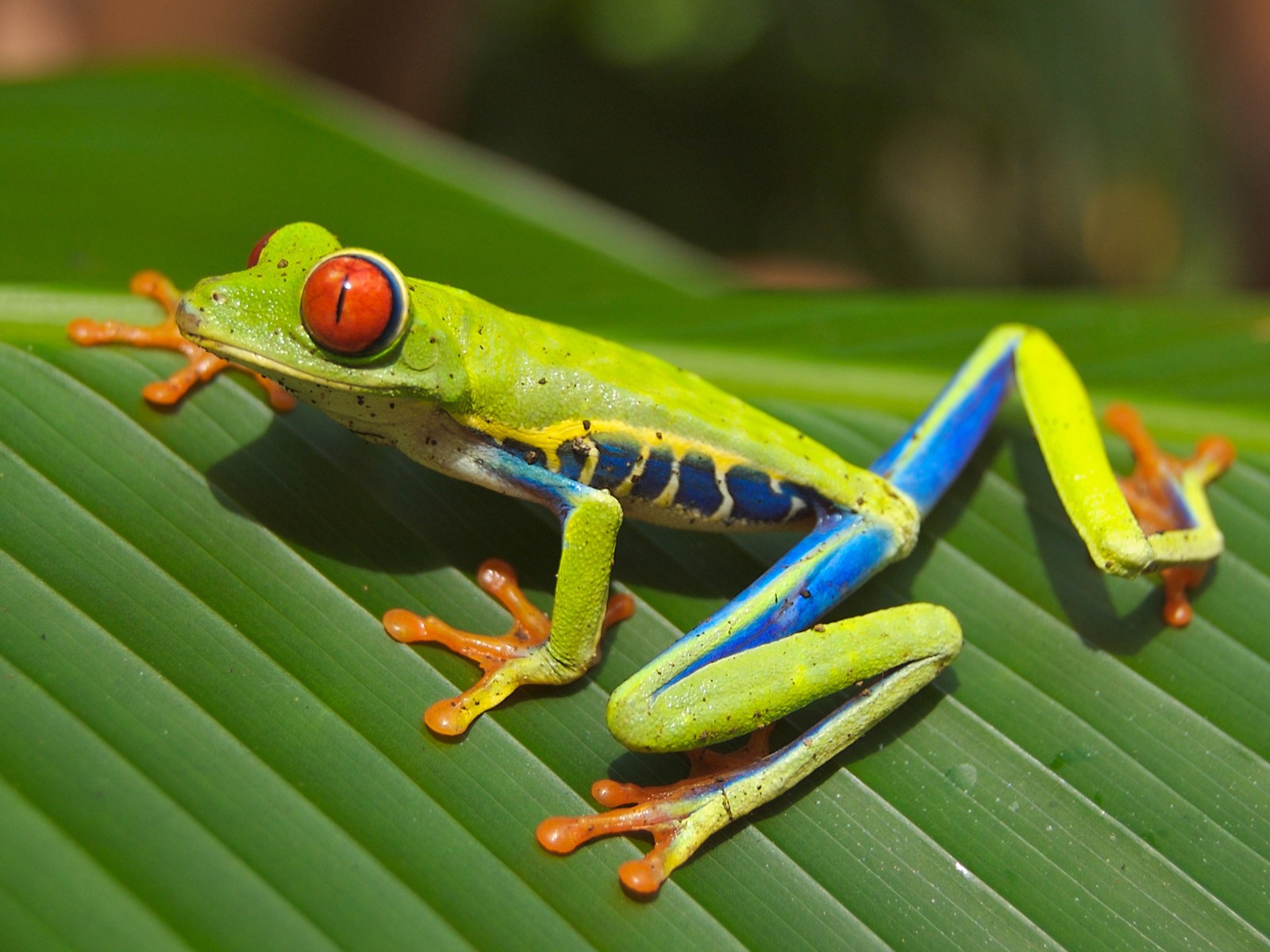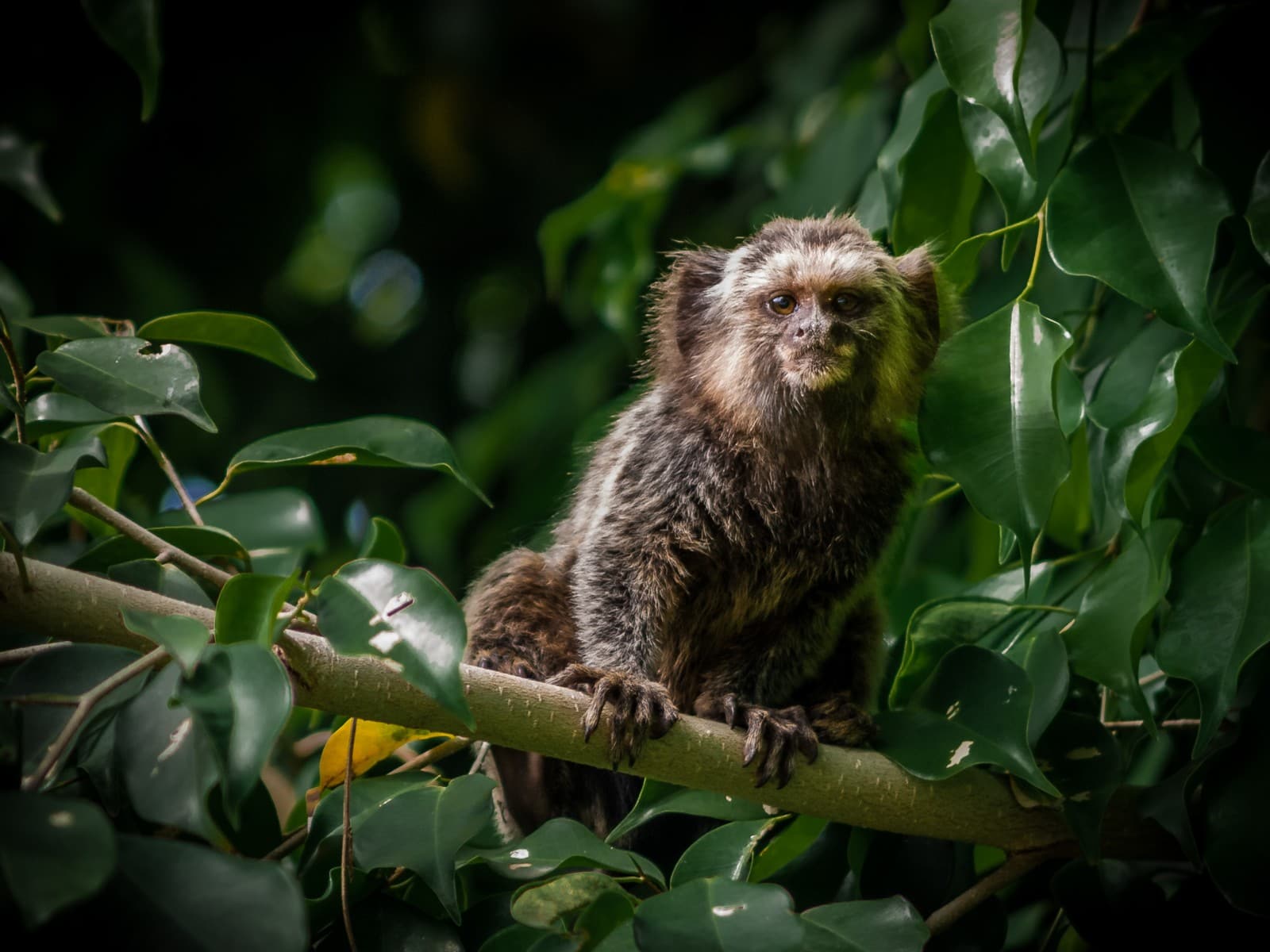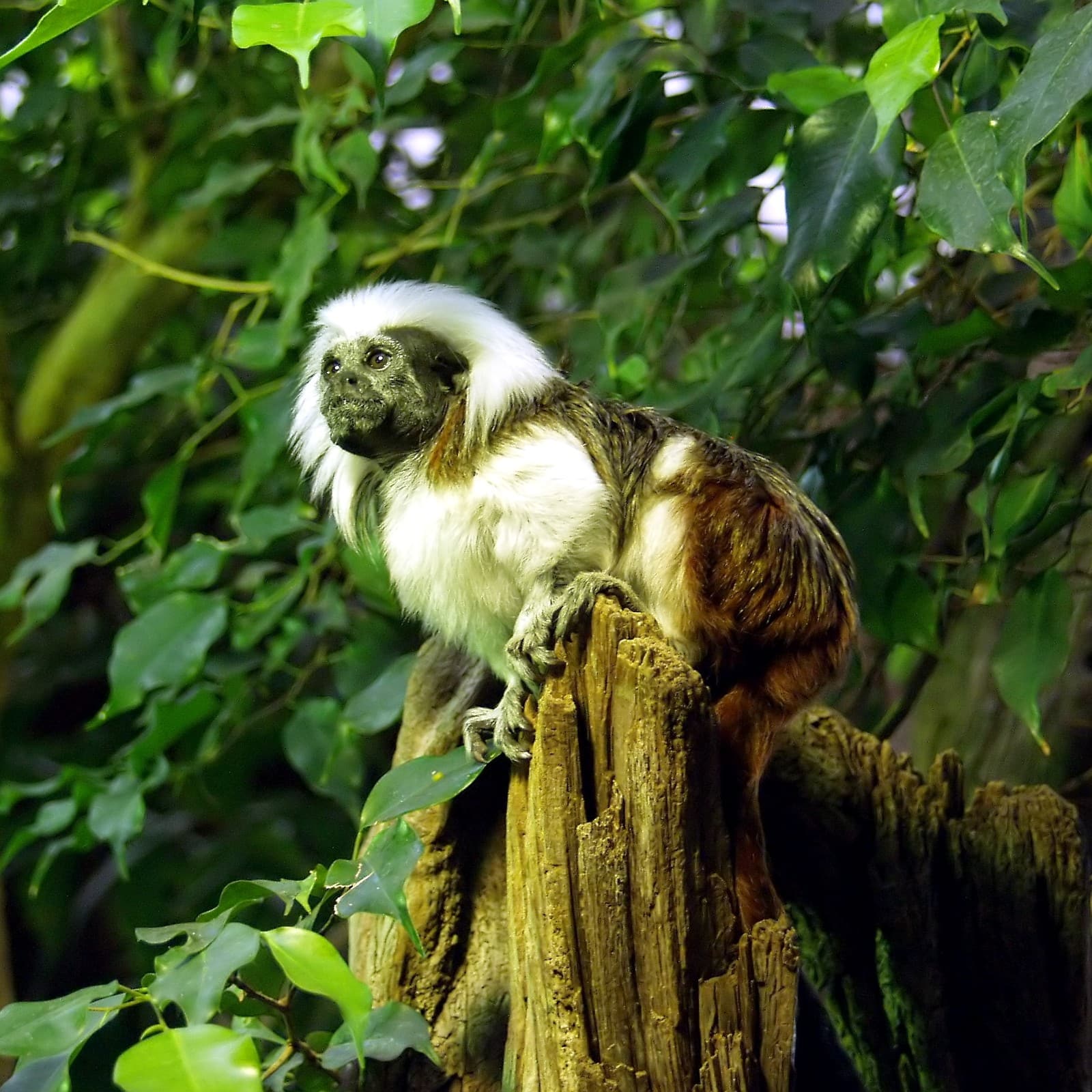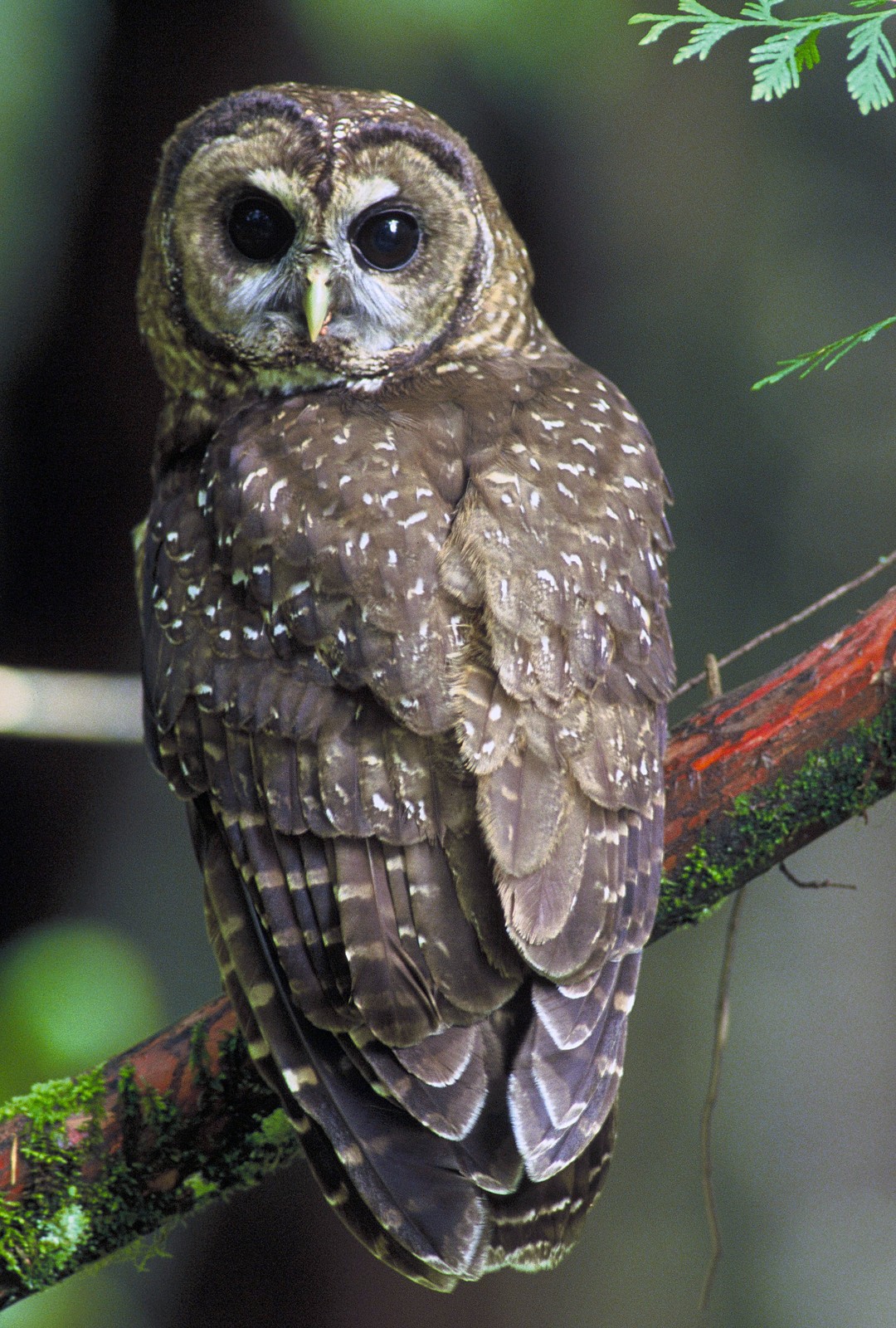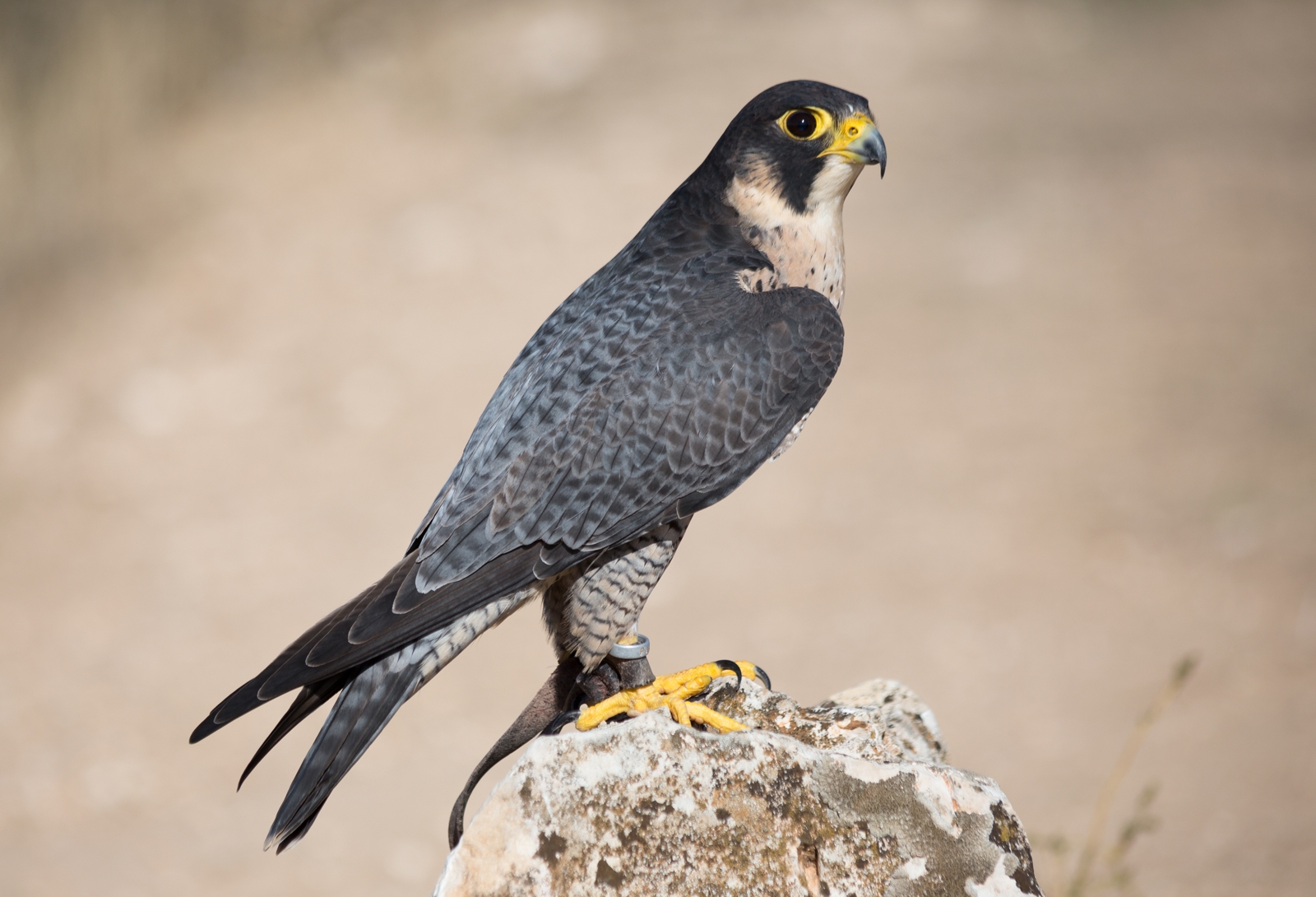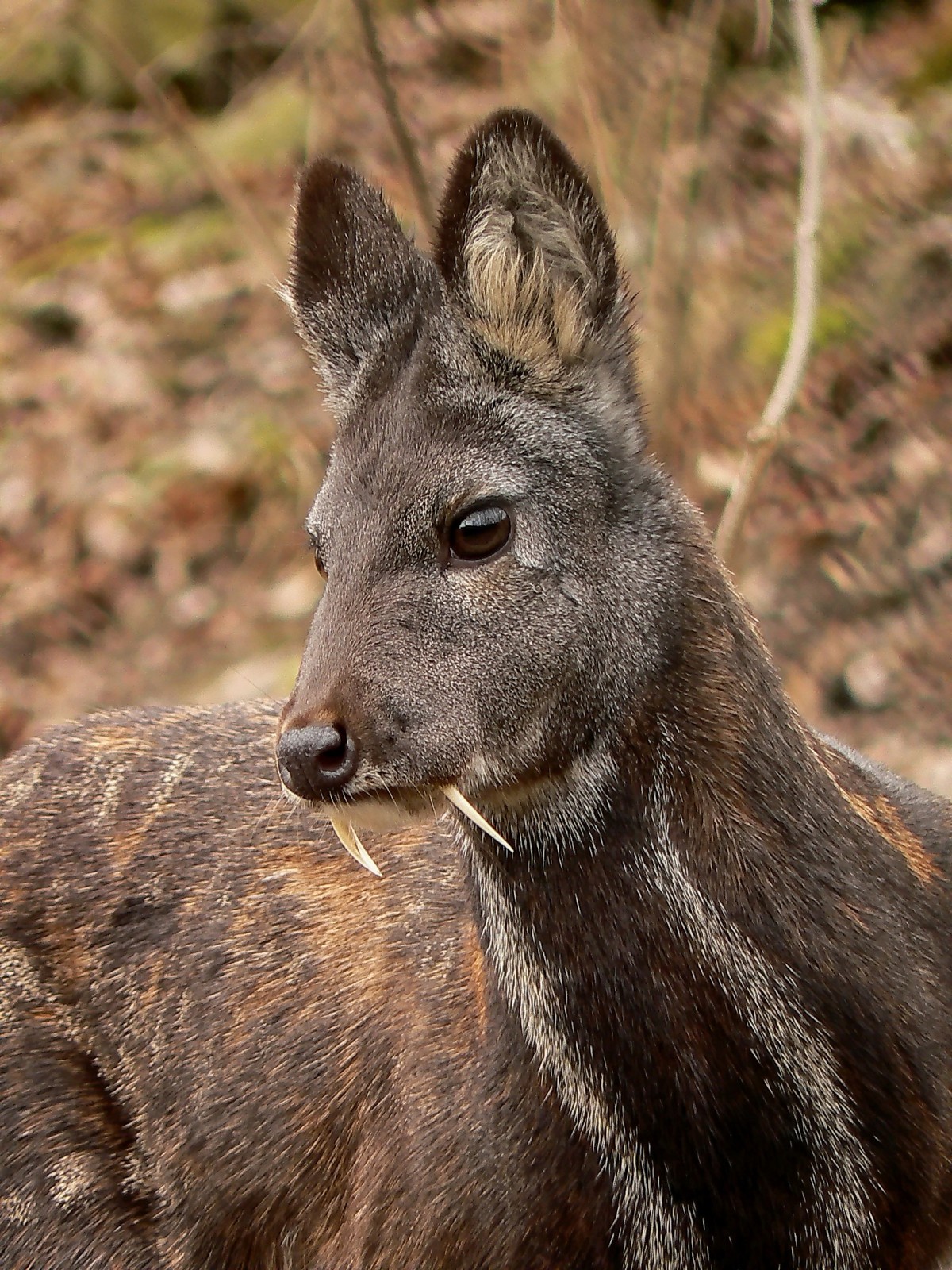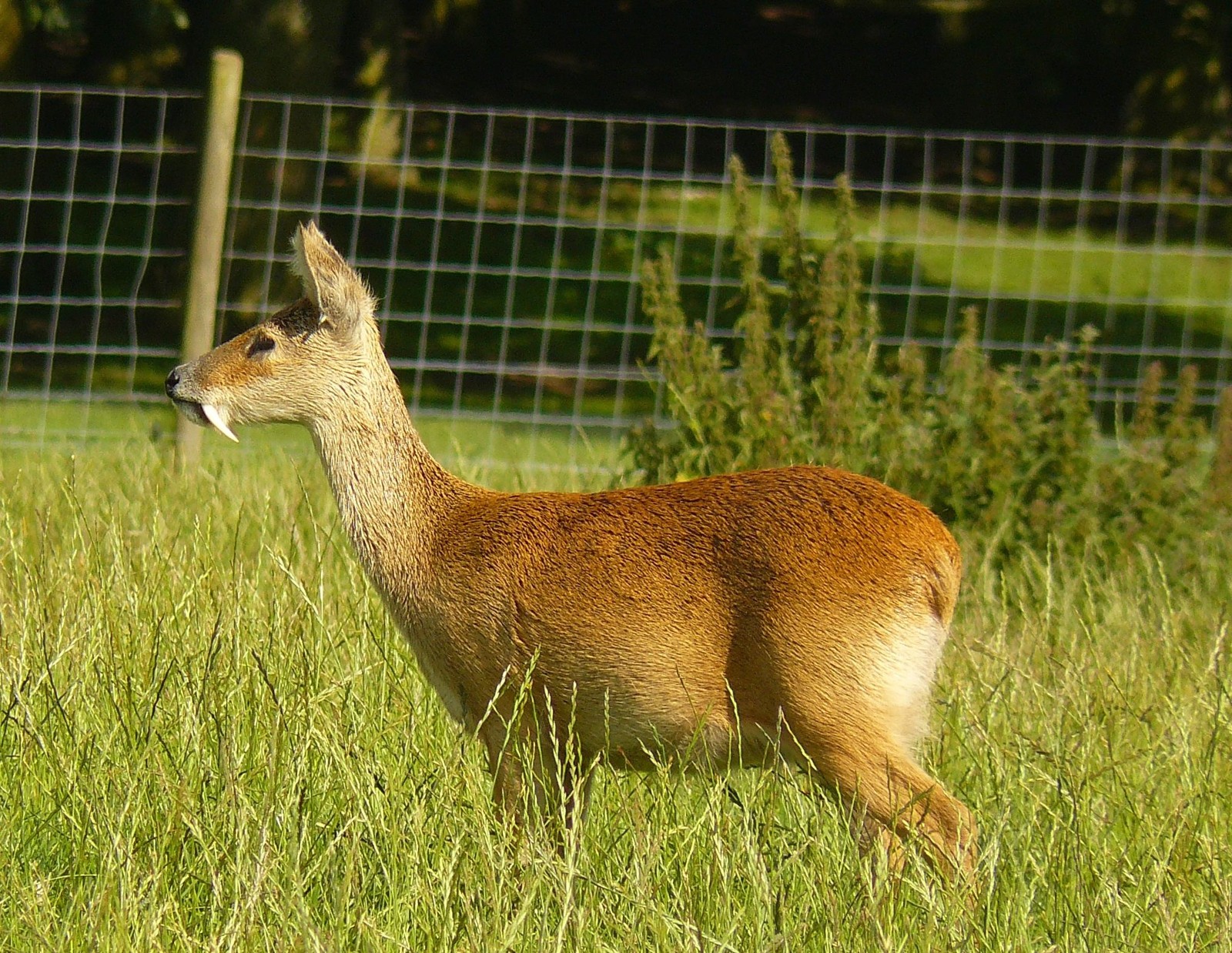Painted Lady vs Monarch: A Complete Comparison
When comparing the Painted Lady vs Monarch butterfly, both species stand out as remarkable travelers of the insect world. While the Monarch butterfly is famous for its 3,000-mile migration across North America, the Painted Lady holds the distinction of being the most widely distributed butterfly globally, found on every continent except Antarctica. These two species, though similar at first glance, display fascinating differences in their size, coloration, and behavior.
The Monarch butterfly (Danaus plexippus) typically measures 3.5-4 inches (89-102mm) in wingspan, notably larger than the Painted Lady (Vanessa cardui), which reaches 2-3 inches (50-76mm). This size difference represents just one of many distinguishing characteristics between these remarkable insects.
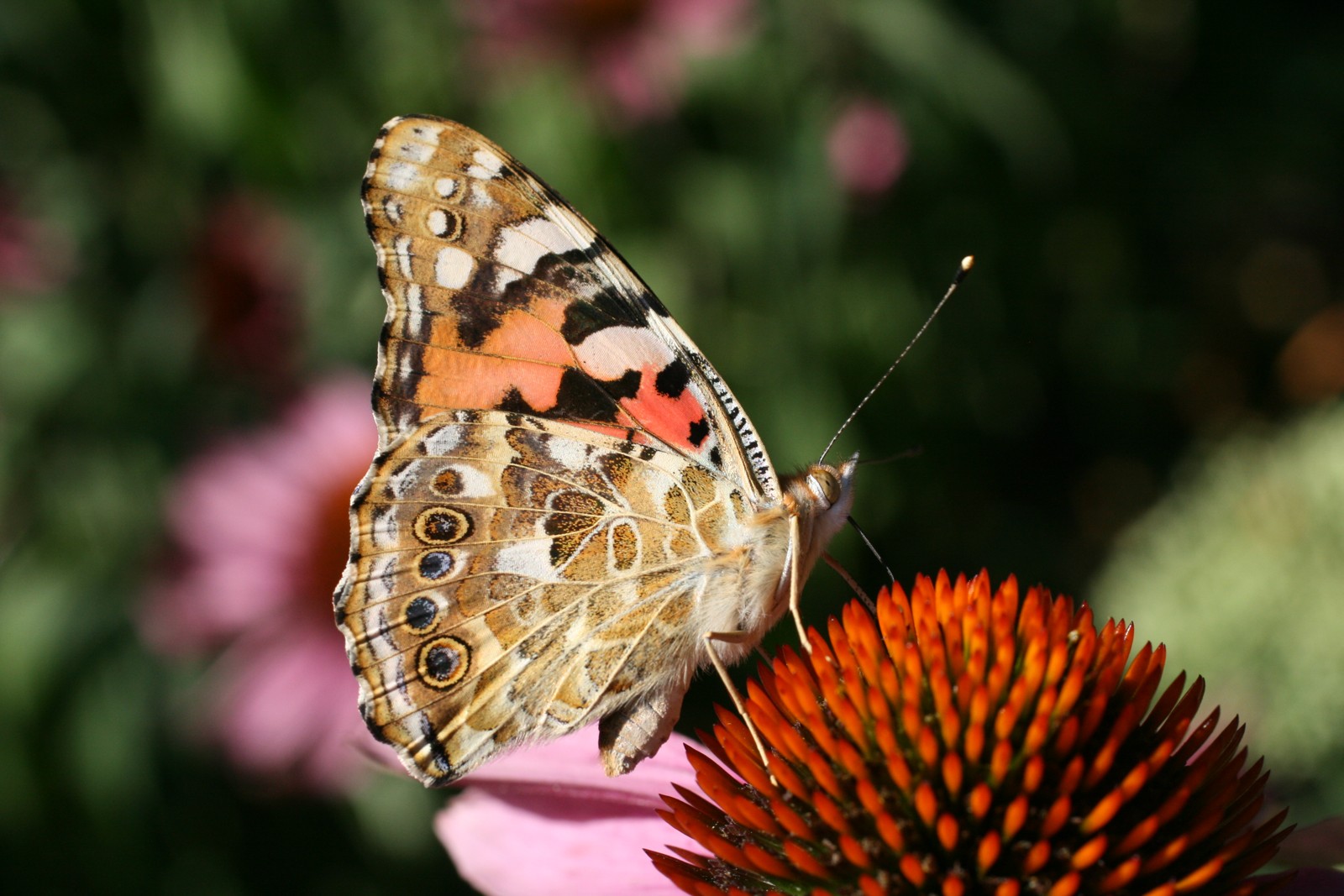
© Korall / CC BY-SA 3.0
The Painted Lady exhibits intricate patterns of orange, brown, and black, with distinctive eyespots on its wings. These complex markings help distinguish it from the more uniformly patterned Monarch butterfly.
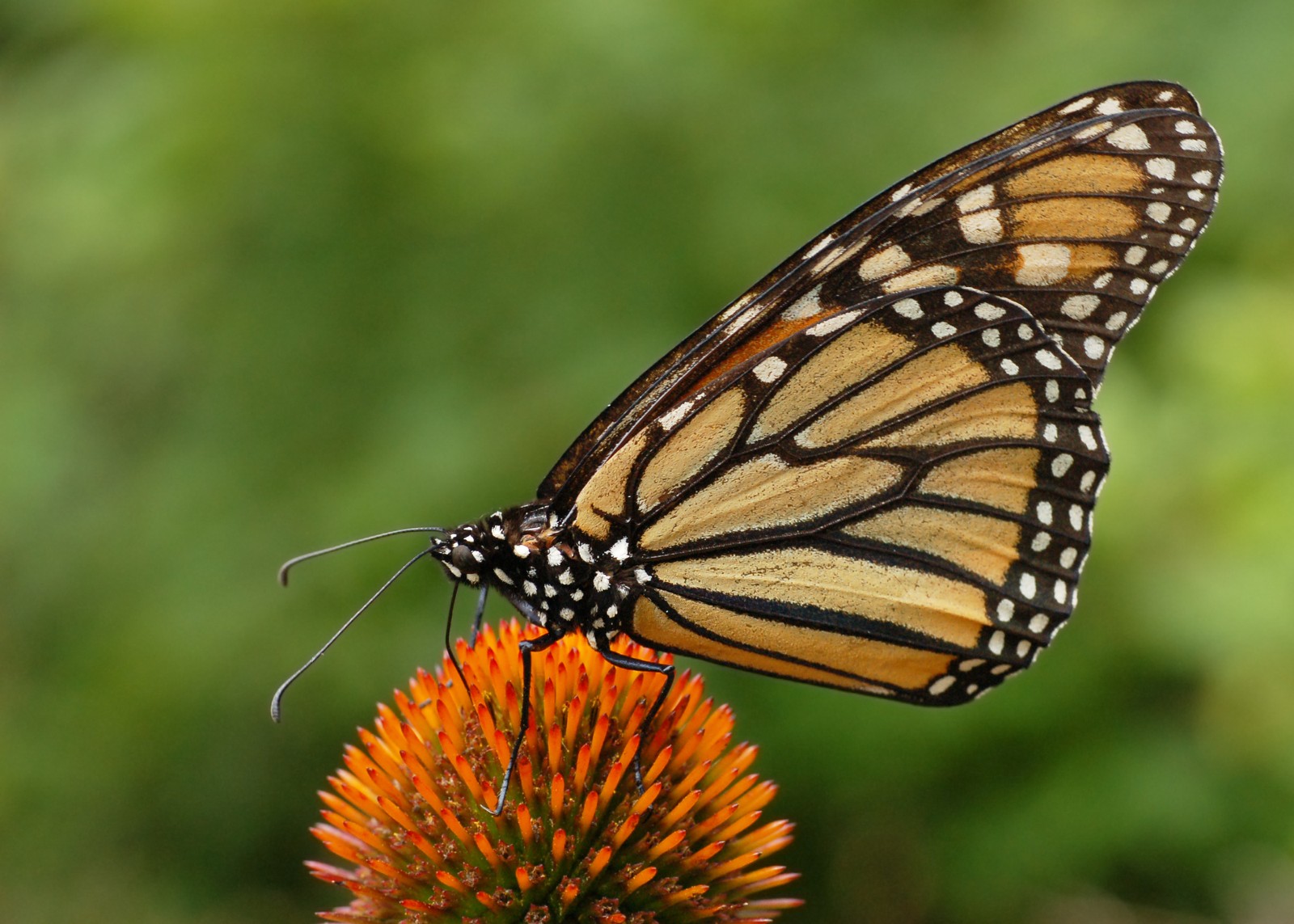
© Photo by and (c)2007 Derek Ramsey (Ram-Man) / GFDL 1.2
The Monarch displays its signature bright orange wings with bold black veining and white spots along the margins, making it one of North America’s most recognizable butterfly species.
Key Differences Between Painted Lady and Monarch Butterflies
| Feature | Painted Lady | Monarch |
|---|---|---|
| Wingspan | 2-3 inches (50-76mm) | 3.5-4 inches (89-102mm) |
| Coloration | Orange-brown with complex patterns | Bright orange with black veining |
| Migration | Irregular, shorter distances | Regular, up to 3,000 miles annually |
| Host Plants | Over 300 species | Primarily milkweed |
| Distribution | Worldwide except Antarctica | Americas, Australia, Pacific Islands |
| Toxicity | Non-toxic | Toxic to predators |
Habitat and Range Differences
The Painted Lady’s remarkable adaptability allows it to thrive in diverse environments, from desert margins to wetlands, making it the most cosmopolitan butterfly species. Monarchs, while also widespread, show a stronger dependency on specific ecosystems where milkweed grows, their sole larval food source.
Migration Patterns
While both species undertake impressive migrations, their patterns differ significantly. Monarchs follow well-documented routes between summer breeding grounds and winter sanctuaries. Painted Ladies, however, engage in more sporadic migrations, with some populations traveling between North Africa and Europe in a multi-generational journey.
Survival Strategies
These butterflies employ different defensive tactics. Monarchs store toxic compounds from milkweed plants, making them unpalatable to predators. Painted Ladies rely more on camouflage and their erratic flight patterns to evade threats. Their brown undersides provide excellent camouflage when resting with closed wings.
Conservation Status
The Monarch butterfly faces significant conservation challenges, with population declines of up to 90% in some regions over recent decades. Painted Ladies maintain stable populations globally, though local numbers can fluctuate dramatically year to year based on weather conditions and resource availability.
Identification Tips for Observers
To distinguish between these species:
- Check the wingspan (Monarchs are notably larger)
- Look for black veining (prominent in Monarchs, subtle in Painted Ladies)
- Observe wing patterns (Painted Ladies show more complex patterning)
- Note flight behavior (Painted Ladies typically fly more erratically)
- Consider location and season (Monarchs follow more predictable patterns)
Through understanding these differences, observers can better appreciate the unique characteristics and ecological roles of both the Painted Lady and Monarch butterflies in our natural world.

